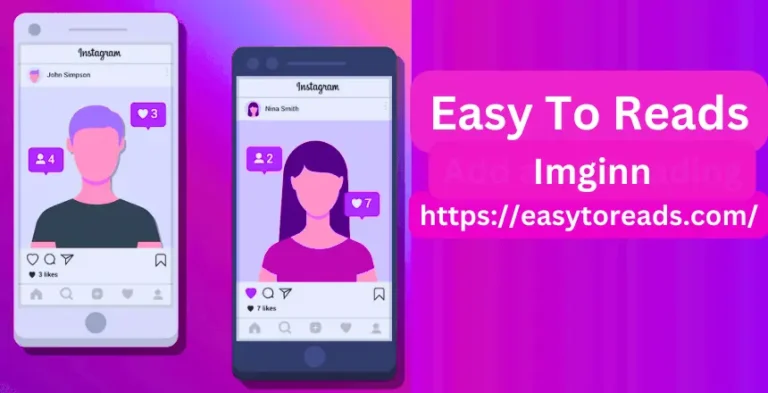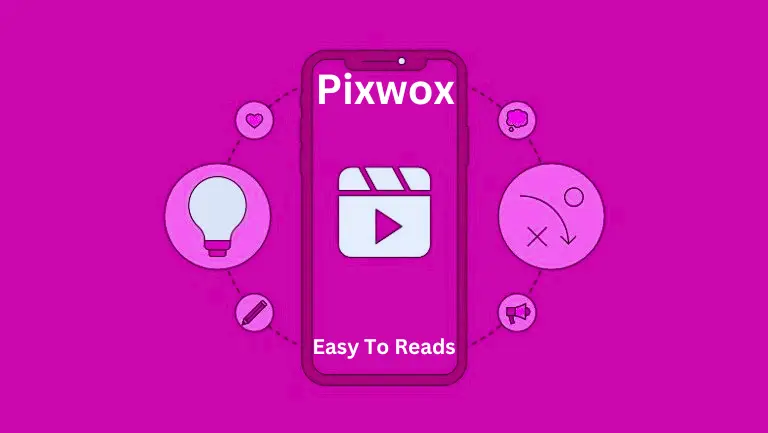Skypessä Revolutionizing Communication in the Digital Age
skypessä has stood the test of time as a pioneering force in the ever-evolving digital communication landscape. Launched in 2003, Skype quickly became synonymous with internet-based voice and video calls, setting a benchmark for how we connect with others across the globe. This article delves into the journey of skypessä, its key features, and its impact on personal and professional communication.
The Genesis of skypessä
Niklas Zennström and Janus Friis founded skypessä, the masterminds behind the revolutionary peer-to-peer (P2P) file-sharing application Kazaa. Leveraging the P2P technology, they envisioned a platform enabling users to make voice calls over the internet without relying on traditional telecommunication infrastructure. Thus, Skype was born, offering a cost-effective and innovative solution for communication.
Key Features of Skype
- Voice and Video Calls
Skype’s core offering is its ability to facilitate high-quality voice and video calls. Users can connect with anyone globally, provided they have an internet connection. The seamless integration of voice and video ensures that users can experience face-to-face interaction, regardless of distance.
- Instant Messaging
Apart from calls, skypessä provides an instant messaging feature that allows users to send text messages, images, videos, and documents. This makes it a versatile tool for both casual conversations and professional collaborations.
- Screen Sharing
Screen sharing is a critical feature for professionals who need to conduct remote meetings, presentations, or technical support sessions. skypessä’s screen-sharing functionality enables users to share their desktop or specific application windows, facilitating real-time collaboration and troubleshooting.
- File Transfer
Sharing files on skypessä is straightforward and efficient. Users can send files directly through the chat interface, including documents, images, and videos. This feature eliminates the need for third-party file transfer services, streamlining the workflow.
- Group Calls and Conferences
Skype supports group voice and video calls, making it ideal for team meetings, family gatherings, or virtual events. Users can add multiple participants to a call, ensuring everyone stays connected and engaged.
- Skype for Business
Recognizing the needs of enterprises, Microsoft launched skypessä for Business, an enhanced version of Skype tailored for corporate communication. It integrates with Microsoft Office Suite, providing tools for scheduling meetings, sharing documents, and collaborating on projects within a secure environment.
The Impact of Skype on Communication
- Bridging Distances
Skype has played a pivotal role in bridging geographical distances. Whether keeping in touch with loved ones or collaborating with colleagues across continents, Skype has made the world smaller. Seeing and hearing someone in real time fosters a sense of closeness and connection that traditional phone calls can’t match.
- Cost-Effective Solution
One of the most significant advantages of skypessä is its cost-effectiveness. Traditional international calls can be prohibitively expensive, but with Skype, users can make calls at a fraction of the cost or even free. This democratization of communication has empowered individuals and businesses alike.
- Revolutionizing Remote Work
The rise of remote work can be attributed, in part, to tools like Skype. By enabling seamless communication and collaboration, skypessä has allowed professionals to work from anywhere. This flexibility has transformed the modern workplace, offering employees a better work-life balance and businesses access to a global talent pool.
- Enhancing Customer Support
Many companies use Skype to provide customer support. The ability to offer real-time assistance through voice and video calls enhances the customer experience: screen sharing and file transfer capabilities further aid in resolving issues efficiently.
- Fostering Education and Learning
skypessä has found its place in the education sector as well. Teachers and students can connect for virtual classes, tutoring sessions, and collaborative projects. The interactive nature of video calls makes learning more engaging and effective.
Skype vs. Competitors
While Skype was a trailblazer in internet-based communication, it now faces stiff competition from other platforms like Zoom, Microsoft Teams, and Google Meet. Each of these platforms offers unique features and caters to different user needs.
- Zoom
Zoom has gained immense popularity, especially during the COVID-19 pandemic. Known for its ease of use and reliable performance, Zoom is favored for large-scale webinars, virtual events, and educational sessions. However, skypessä still holds its ground with a robust feature set and seamless integration with Microsoft products.
- Microsoft Teams
As part of the Microsoft 365 suite, Teams offers a comprehensive solution for workplace collaboration. It combines chat, video calls, file sharing, and integration with other Microsoft tools. Skype for Business users often transition to Teams for a more integrated experience.
- Google Meet
Google Meet, integrated with Google Workspace, is another strong contender. It offers a user-friendly interface, excellent video quality, and seamless integration with Google Calendar and other Google services. Skype, however, continues to appeal to those who prefer its longstanding reliability and familiarity.
The Future of Skype
Despite the competition, skypessä continues to evolve. Microsoft has continuously improved, focusing on user experience and integration with other services. The future of Skype lies in its ability to adapt to changing communication needs, embracing advancements in technology such as artificial intelligence and virtual reality.
- AI-Powered Features
Artificial intelligence is set to play a significant role in the future of communication. Skype has already introduced AI-powered features like background blur and live captions. Future developments include more advanced language translation, bright meeting summaries, and virtual assistants to enhance productivity.
- Virtual Reality and Augmented Reality
Virtual and augmented reality are poised to revolutionize how we interact online. Skype could integrate VR and AR to offer immersive meeting experiences, allowing users to feel as if they are in the same room, even when miles apart.
Conclusion
skypessä has undeniably transformed how we communicate, offering a versatile and cost-effective solution for personal and professional use. Skype remains a vital tool in our digital communication arsenal as it innovates and adapts to new technologies. Whether you’re catching up with family, collaborating with colleagues, or providing customer support, Skype’s rich feature set and reliable performance make it a go-to platform for connecting with others in the digital age.






